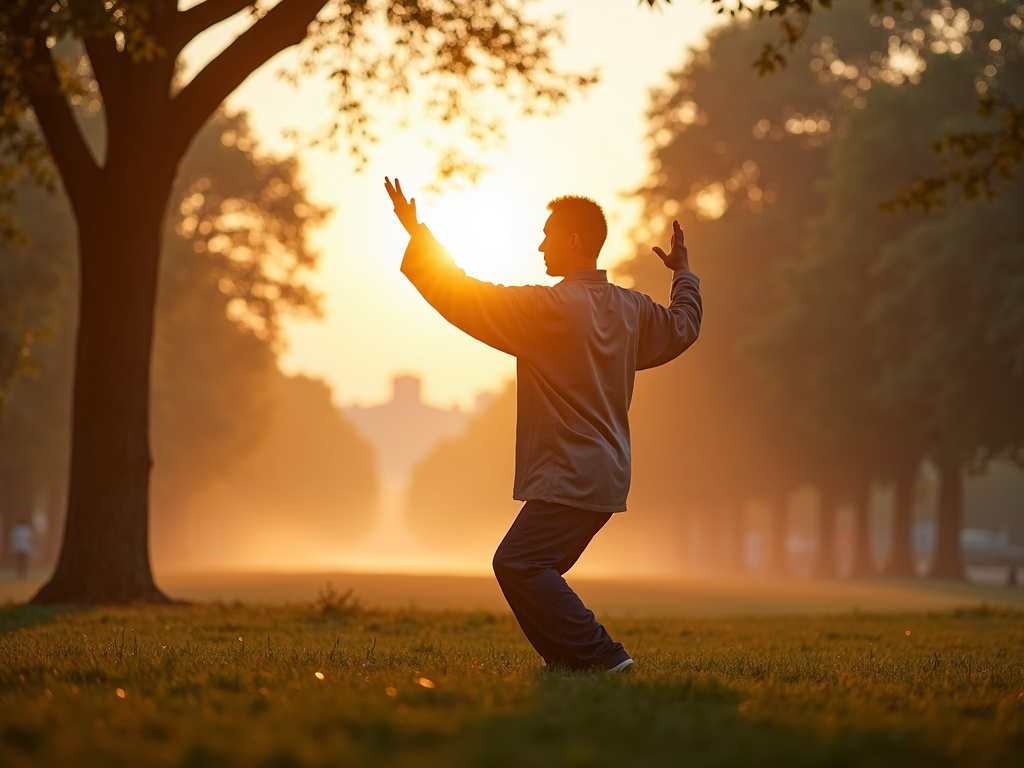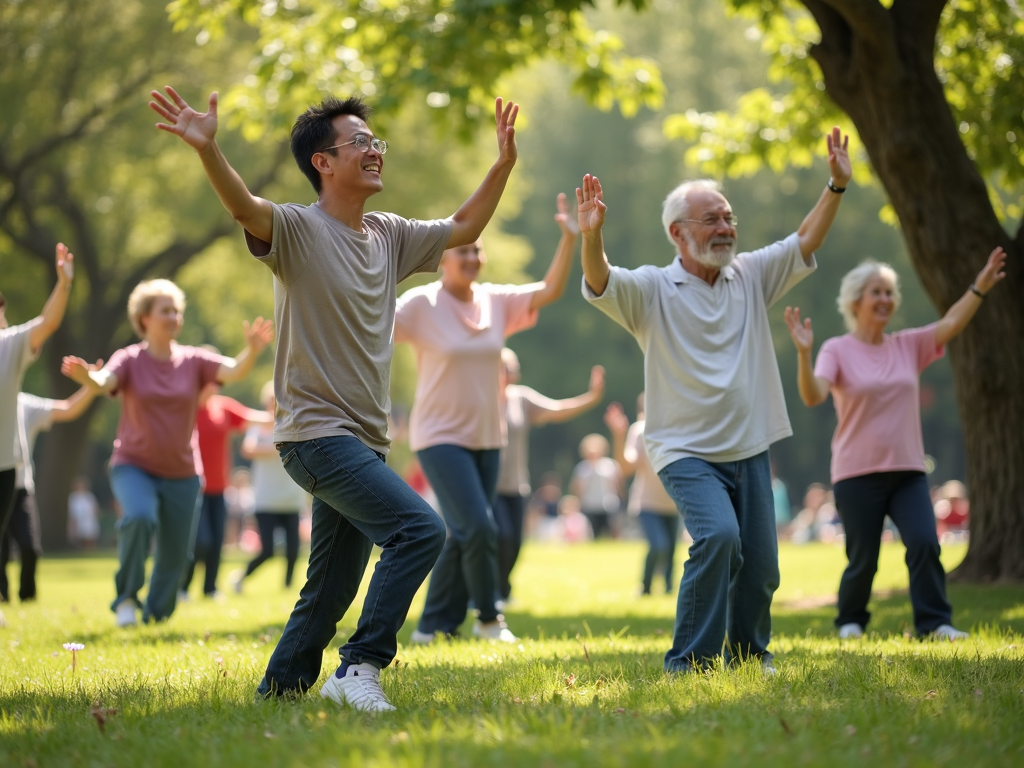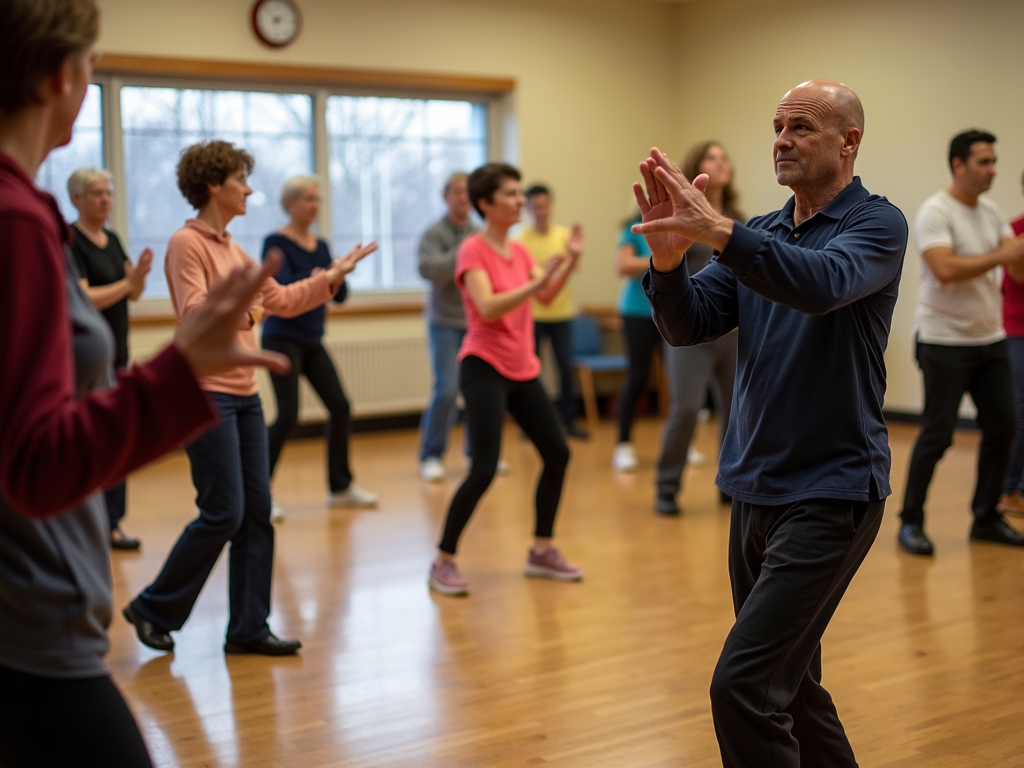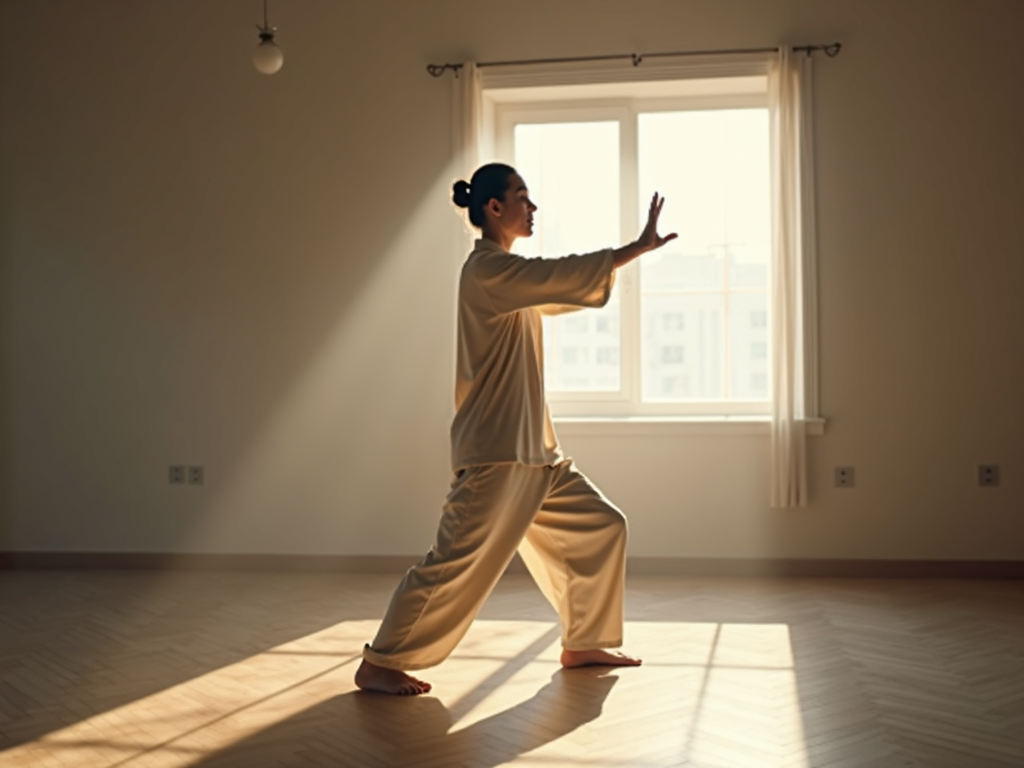Tai Chi is more than just a workout—it’s a gentle, flowing practice that can lift your spirits and calm your mind. Originating in ancient China as a martial art, it combines slow movements, deep breathing, and focus. This guide explores how Tai Chi and Emotional Wellbeing: A Full Guide can transform your mental health and bring peace to your daily life.
What Is Tai Chi? At its core, Tai Chi is about balance—both physical and emotional. I first tried it during a stressful time in my life, and the slow, deliberate motions felt like a reset button for my racing thoughts. Today, it’s widely practiced for health benefits, especially for reducing stress and boosting mood.

Why Emotional Wellbeing Matters Life can feel overwhelming—work, family, endless to-do lists. Emotional wellbeing is about staying steady through it all. Tai Chi helps by giving you tools to manage stress and feel more in control. Research backs this up: a study from UCLA showed Tai Chi lowers stress hormones like cortisol, helping you feel lighter and more at ease.
How Tai Chi Boosts Your Mood The magic of Tai Chi lies in its mindfulness. When I focus on each movement, my worries slip away. It’s like meditation in motion. Studies, like one from the National Institutes of Health, show it reduces anxiety and even helps with depression by releasing endorphins—those feel-good chemicals your body loves.

Benefits You Can Feel Here’s what Tai Chi can do for your emotions: - Less Stress: Slow breathing calms your nervous system. - Better Focus: Mindful moves keep you present. - Happier Days: Endorphins lift your mood naturally. I’ve seen this in my own life—after a session, I feel grounded and ready to tackle anything.
Getting Started with Tai Chi You don’t need fancy gear or tons of time. Start with simple moves like ‘Wave Hands Like Clouds.’ I began with just 10 minutes a day in my living room, following a YouTube video. Over time, I joined a local class and felt the difference. Consistency matters more than perfection.

Tips for Beginners Here’s how to make Tai Chi work for you: 1. Start small—10-15 minutes daily. 2. Find a quiet spot to focus. 3. Follow a teacher or app for guidance. 4. Wear comfy clothes—no shoes needed! It’s okay to stumble at first; I did too. The key is to keep going.
Tai Chi and Family Wellness Tai Chi isn’t just for solo practice—it’s perfect for families too. Family wellness programs incorporating Tai Chi are popping up everywhere, and for good reason. Doing it together builds stronger bonds. My kids and I tried it in our backyard, laughing as we wobbled through the moves. It’s now our weekend ritual.

Why Families Love It Tai Chi fits all ages, from toddlers to grandparents. It’s low-impact, so everyone can join in. Plus, it’s a chance to unplug and connect. A Harvard study notes it improves mental health across generations, making it a win for family wellness.
Family Wellness Programs Incorporating Tai Chi Look for community classes or online sessions designed for families. Some programs, like those from the Tai Chi Foundation, offer free resources. We joined a local park class last summer, and it became a highlight—fresh air, movement, and togetherness.

Making It a Habit To stick with Tai Chi, set a routine. I do it mornings before the day gets busy—it’s my calm before the storm. For families, pick a time that works for everyone, like after dinner. The more you practice, the more natural it feels. Soon, you’ll crave that peaceful flow.
A Deeper Connection Beyond the moves, Tai Chi teaches you to listen to yourself. I’ve learned to notice when I’m tense and breathe through it. It’s helped me handle tough days with more grace. For families, it’s a shared journey to feeling better, together.

Emotional Resilience in Action Tai Chi builds strength inside and out. A study from the University of Queensland found it improves emotional resilience, helping you bounce back from setbacks. I’ve felt this—after a rough week, Tai Chi brings me back to center.
Your Next Step Ready to try Tai Chi? Start today with a simple move or a local class. It’s not about being perfect—it’s about feeling better. Whether solo or with family, Tai Chi and Emotional Wellbeing: A Full Guide offers a path to peace that’s worth exploring.
Wrapping Up Tai Chi is a gentle way to care for your emotions. It reduces stress, lifts your mood, and brings families closer—all in one flowing practice. Give it a shot; you might be surprised how much lighter you feel. Check out the readings below to dive deeper!
Discuss Here